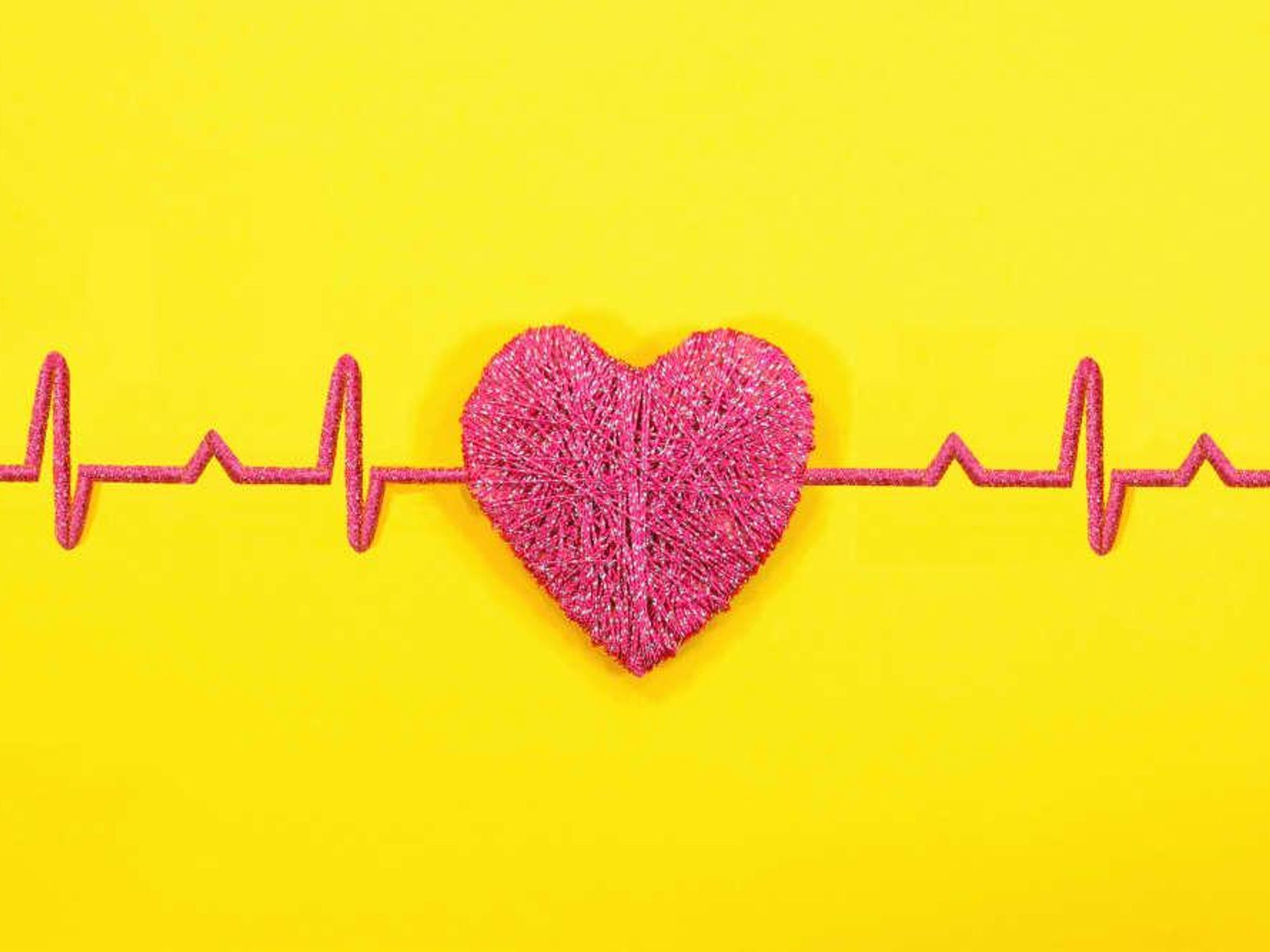Heart Health
Methodist reveals the sneaky ways of heart disease — and how you can prevent it

Let's say you've taken the pandemic as an excuse to get healthier — you're cooking more, exercising often, and building in time for mental health. But despite these positive actions, it's important to know that you're still at risk for heart disease.
"We cannot control the genetic component of heart disease: the buildup of plaque, cholesterol, and calcium over many years," says Darien Bradford, MD, cardiothoracic surgeon on the medical staff at Methodist Mansfield Medical Center. "Learning about heart disease is a dynamic process, and we are amazed at some of the people who end up with it: young people, old people, people who are physically fit."
Your family history plays a big role in your current health, and while it's always wise to take steps toward a healthier you, it's equally vital you know your risk factors.
Take this simple quiz from Methodist Health Systems, which identifies medical or lifestyle conditions that may lead to development of the disease.
Men and women tend to show different signs, and women are typically more likely to downplay their discomfort, helping to make heart disease the No. 1 killer of women and the leading cause of all death in the United States.
Every 40 seconds, someone has a heart attack, and someone dies from it every 37 seconds.
Perhaps you relate to someone like James Wieting, who was in the best shape of his life at age 65 but discovered all four of his arteries were blocked when he started experiencing shortness of breath.
Or maybe you're like Edward Southern, who was fit in his youth (he's a former Olympic hurdler!) but slowed down as he aged. Other pre-existing health issues compounded his heart difficulties, and ultimately he needed stents to get the blood flowing properly again.
No matter your current state of health, it's crucial that you receive regular check-ups to help deter oncoming problems. Find a doctor on staff at Methodist Health System to talk about your heart disease risks and learn what you can do to ensure a healthier future.

 Spa Castle is revealing renovations. Photo courtesy of Spa Castle
Spa Castle is revealing renovations. Photo courtesy of Spa Castle